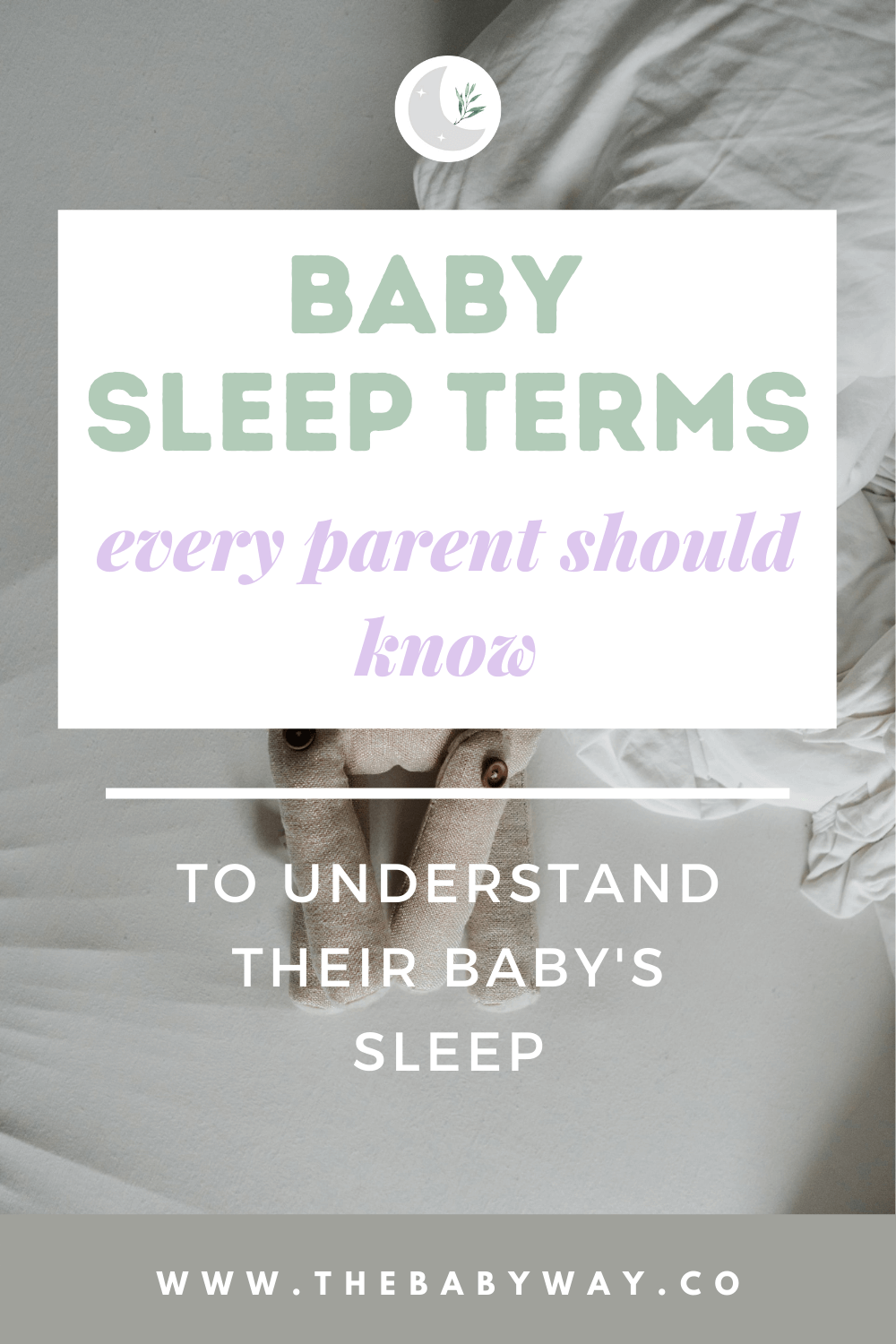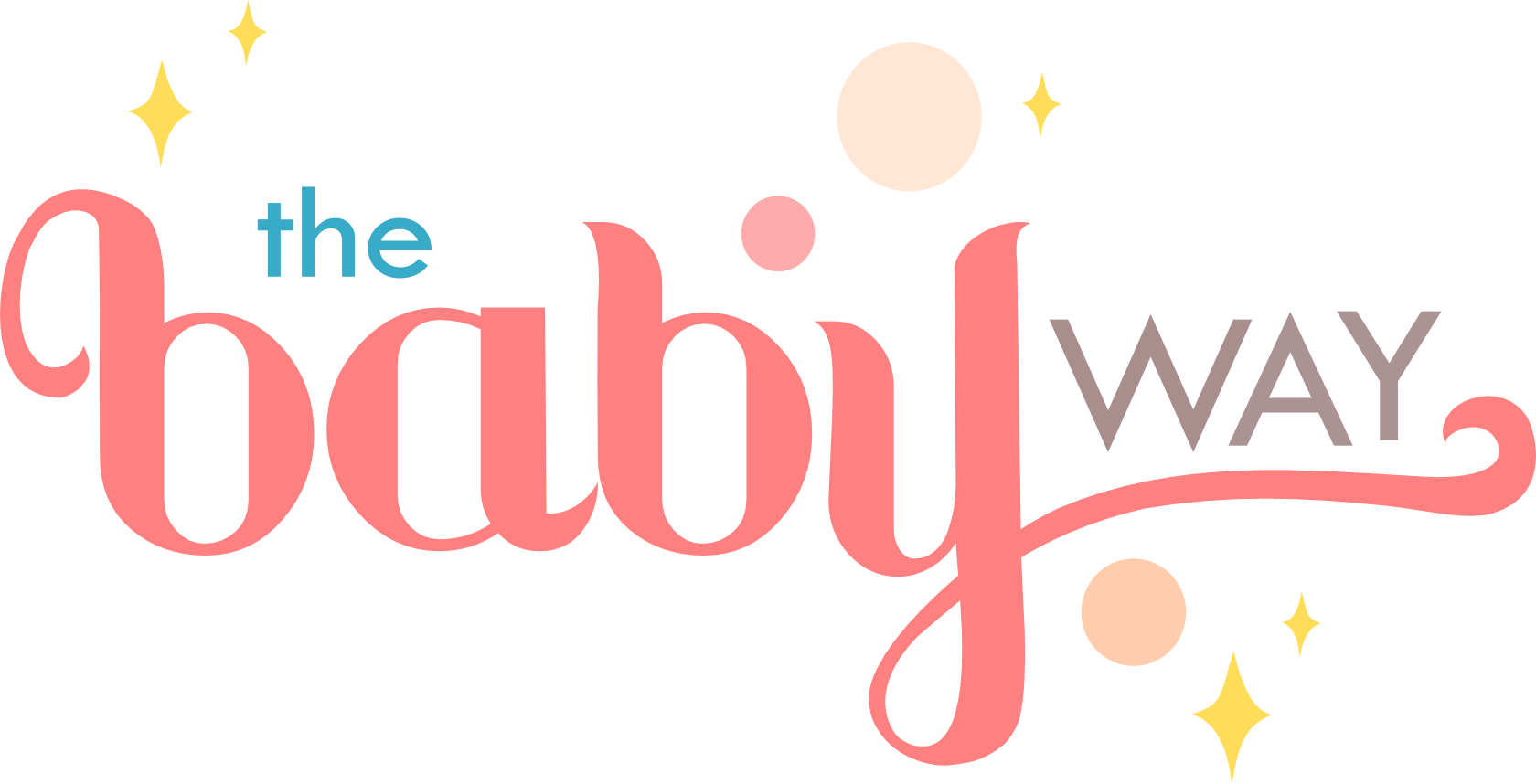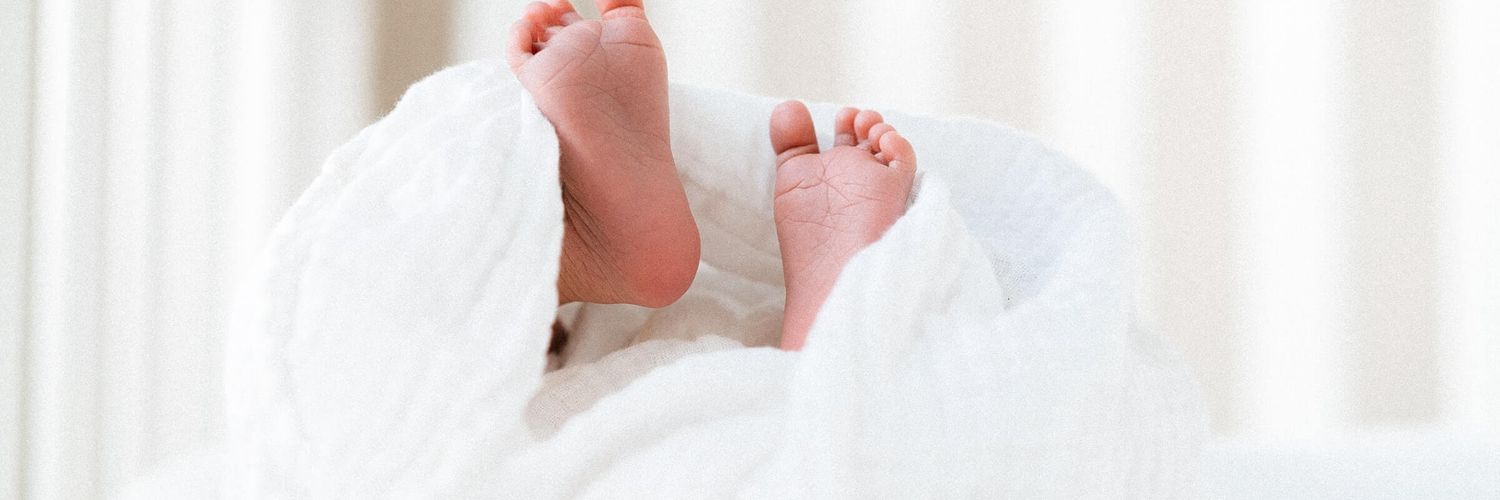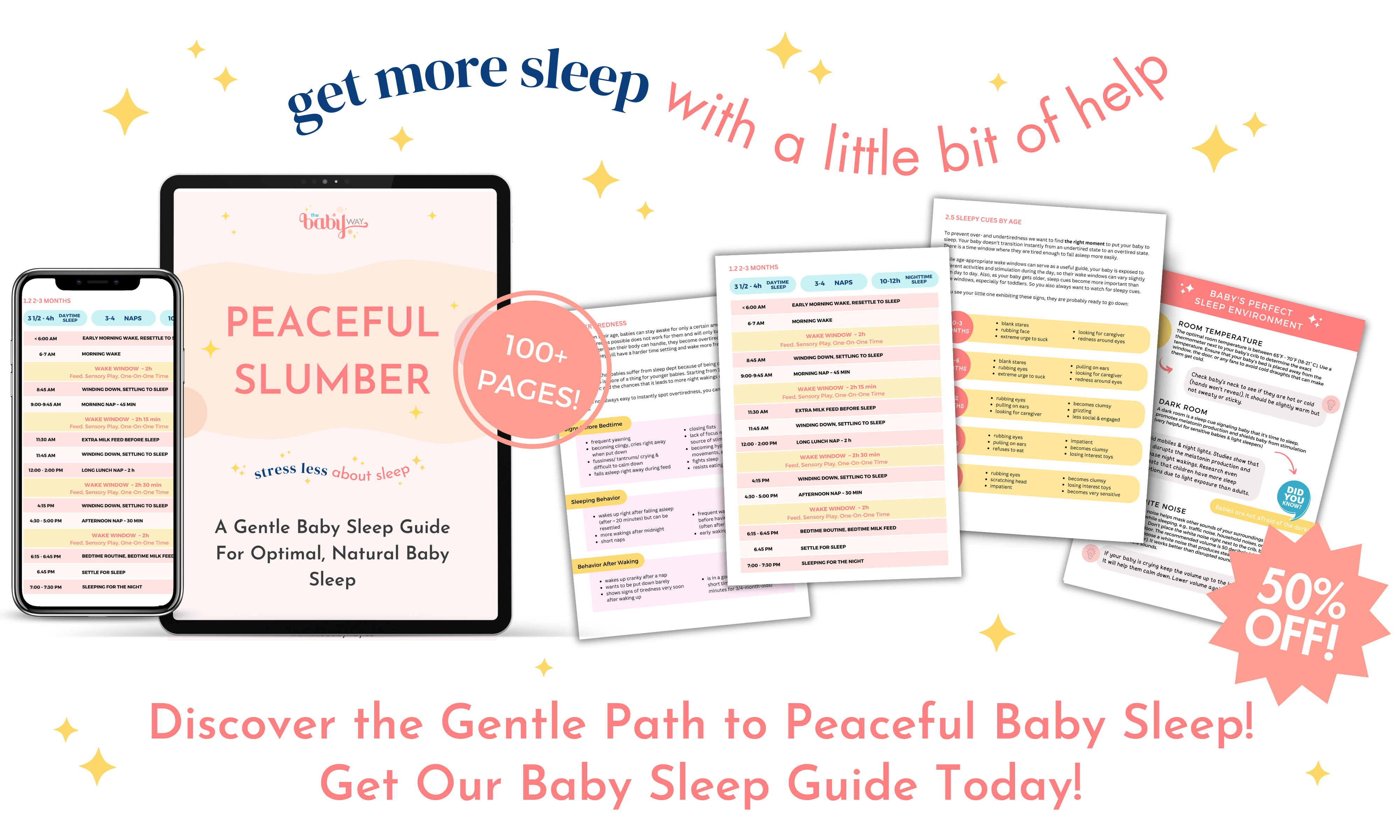Sleep pressure, circadian rhythm, overtired baby? There are a lot of terms out there in the baby sleep world. So let's see what they all mean.
I honestly have never given much thought about my sleep. Although, of course, I had sleepless nights here and there. For some time, I would even wake in the middle of the night wide awake unable to fall back to sleep. But I never researched why. So when my baby was born, and I was suffering from significant sleep deprivation, I started to look for ways to improve her sleep and stumbled upon a series of words I didn't understand.
Circadian rhythm... ah, ok.
Split nights... umm, sure.
Overtiredness...I might know this one.
Man, I wish there were simple and short explanations for TIRED mothers because my ability to understand words and sentences was obviously totally impaired. Honestly, at one point, I was so tired I didn't understand one bit when reading about baby sleep cycles, rem sleep, non-rem sleep, or whatever.
So here I will try to explain briefly but concisely all the terms relevant to your baby's sleep in hopes you will understand everything even though you're dead tired.
Circadian Rhythm
The circadian rhythm is a human's 24-hour cycle. Everyone's body gets used to waking up and going to sleep at certain times of the day. Newborns don't have a circadian rhythm. That's why their sleep is all over the place. Their body cannot distinguish between day and night. It takes about 3-4 months until a baby develops its circadian rhythm.
Sleep Cycle
When we sleep, we go through different stages, which are referred to as sleep cycles. Every sleep cycle is different. Some sleep cycles are of light sleep, some of deep sleep. Sleep cycles have different lengths, starting from 10 minutes to 40 minutes. A baby sleep cycle differs from an adult's sleep cycle. Until the age of 1, they gradually adopt the sleep cycles of adults.
Sleep Regression
A sleep regression is a period of time in which your baby's sleep behavior changes. Sleep quality usually deteriorates. Your baby wakes more often at night, cat naps, or has difficulties falling asleep. They might also be more attached to you and demand your presence much more. Sleep regressions usually last from 2-4 weeks. They can be more noticeable in some babies. But some parents also say that they don't notice every sleep regression. The 4 biggest sleep regressions happen at 4,8,12, and 18 months. Sleep regressions occur as a result of your baby's mental and physical development. Some prefer to call them sleep progressions because your little one is actually progressing in their skills and changes in sleep are only a temporary side effect.
Under- and overtiredness
Undertiredness is when a baby doesn't have build up enough sleep pressure to fall asleep. They are simply not tired enough. Undertired babies are usually in a good mood during the day but take a long time to settle to sleep. It can also affect their sleep quality resulting in early morning wakes, split nights, cat naps, or false starts. Overtiredness is when a baby has stayed up longer than their little body can handle. While they are up, their cortisol levels (the stress hormone) slowly rise. An overtired baby has very high levels of cortisol. As a result, babies get irritated, frustrated and are often inconsolably crying.
Wake Windows
Wake windows are the time that your baby is awake between naps or naps and bedtime. They vary from age to age and decrease over time. A newborn baby or a very young infant will have very short wake windows of 30-45 minutes, while older babies have wake windows of 2-4 hours. Appropriate wake windows will help you determine the right time for your baby to sleep. That is important because if you catch the right time, your baby will settle easier to sleep and sleep better.
Sleep Associations
Sleep associations are aids that help your baby fall and stay asleep. We talk about passive and active sleep associations. Some also call them positive and negative sleep associations, but I personally don't see why rocking is something negative. Anyways, passive sleep associations are things that help your baby sleep without your involvement, such as white noise, a sleeping bag, or a lovey. Active sleep associations are all the things where a person is involved in helping the baby fall asleep, such as rocking or nursing.
Split Nights
Some babies wake in the middle of the night ready to play. They are hard to resettle to sleep and don't even seem tired. They can stay up 1-2 hours. This is then called a split night. This happens most of the time due to too much daytime sleep or a bedtime too early.
False Start
Sometimes babies wake shortly after going to bed in the evening (approx. 40 minutes). Main causes are either under- or overtiredness.
Cat Nap
A cat nap is a short daytime nap that lasts 20-40 minutes. Babies usually wake after the first sleep cycle. This is not uncommon in babies but often resolves itself at around 8-9 months.
Early Rising
When a baby wakes before 6 AM, we refer to it as an early rising. Waking up early is natural for babies. Their natural rhythm is to go to bed early and wake early.
Want to help your baby sleep for longer naps? Read my tricks on how to extend baby's short naps.
Melatonin and Cortisol
Melatonin is a sleep hormone that is released into the body in the evening hours. It helps us sleep. Cortisol is a stress hormone and does the opposite. When your baby is up, cortisol is gradually released. When your baby sleeps, cortisol levels lower again.
The ABC's of Safe Baby Sleep
The American Academy of Pediatrics created the the ABC's of safe sleep as a guideline for parents to ensure their baby sleeps in a safe environment.
A - Baby should sleep Alone. They recommend for your baby to sleep on in their own sleep space.
B - Baby should sleep on its Back. Due to suffocation risks, your baby should always sleep on its back.
C - Baby should sleep in the Crib.They recommend that a baby sleeps in an empty crib that meets the current safe standard.
The Safe Sleep Seven
The Safe Sleep Seven are guidelines designed to practice safe bed-sharing and reduce the risk of sudden infant death syndrome (SIDS). The concept originated in 1999 in the book "Sweet Sleep" by Diane Wiessinger, Diana West, Linda J. Smith, and Teresa Pitman.
The Safe Sleep Seven are:
1. A nonsmoker
2. Sober and unimpaired parent
3. A breastfeeding mother
4. Healthy and full-term baby
5. On his back
6. Lightly dressed to avoid overheating
7. A firm surface without cords and gaps, no blankets, pillows, or toys near the baby.
Sleep Training
Sleep training is a word that covers a vast field of different techniques and methods to help improve your baby's sleep. For example, there are Cry-it-out methods where the baby is left to cry to teach them self-soothing. There is also a modification called the extinction method, where you can check on your baby after a fixed interval. These methods aim at teaching your baby to self-soothe without your presence. But there are also gentle baby sleep training techniques where you don't leave your baby, such as the pick up put down method.
Dream Feed
The dream feed is an additional milk feed at night without waking your baby or only waking them slightly. The goal is to get them to sleep for a longer stretch. The dream feed usually happens between 10-11 PM. For some babies, the dream feed works, but for many, it doesn't.
Nap/Bedtime Routine
A bedtime routine is a set of activities that you do every time with your child before going to bed. It's a way to signal your baby it's soon time for bed and helps them calm down and relax. Typical elements of a bedtime routine are a bath, brushing teeth, changing into pajamas, and a bedtime story. A regular bedtime routine will help your baby fall asleep faster and sleep better at night.
Here are some other relevant terms that are indirectly related to baby sleep but can affect it.
Purple Crying/Witching hour
Parents are often only confronted with purple crying or also known as the witching hour, once their baby is born. Purple crying is a phase where babies get unsettled during the evening hours. They are usually happy and calm during the day, but they get fuzzy as soon as the evening approaches. Some will even cry inconsolably for a few hours or until they fall asleep. The phase of purple crying usually starts at 6 weeks, peaks at 8 weeks, and slowly gets better until 4 months. Every baby experiences purple crying but to a different extent. Research shows that even animal mammals experience purple crying.
Colic
Colic should not be confused with purple crying. Purple crying only lasts during the evening hours, while a baby suffering from colic will be unsettled during the whole day or midday. Pediatricians will often diagnose babies with colic when they cannot detect the cause for crying in an otherwise healthy young infant. Unfortunately, there are still no concise definitions of what colic is. It is also assumed that colic is a possible symptom of an underlying but undetected root cause such as poor latch when breastfeeding, fast flowing milk, allergies, often is a symptom of reflux or GERD, only to name a few.
Reflux
Infant reflux occurs when a baby frequently spits ups and the stomach contents move back up. It is not unusual for young infants to have reflux. It does not cause any pain and has nothing to do with vomiting, which is forceful. Sometimes reflux can influence your baby's sleep. They might have a difficult time falling asleep after meals or sleeping on their back wakes them up if the milk feed comes up. As long as your baby is happy, it is nothing to be concerned about- Reflux usually disappears completely after 6 months.









